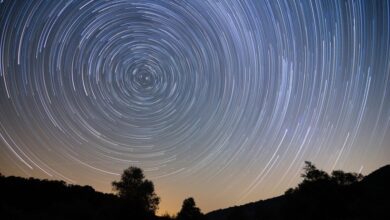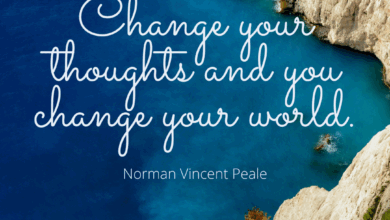The Diamond Sutra (2) – Second Commentary – Zen Fools

Part 1-2
Thus did I hear. One time, the Buddha was staying in Jeta Grove in Sravasti, residing with 1,250 great monks.
Commentary:
In Buddhism, the concept of “I” (self) is a profoundly significant term, for all things can only be perceived through “I” (the self). To see “in this way” (as they truly are), one must first and foremost see the “I” as it truly is. Only when the self is perceived as it is can all things be seen as they are. Therefore, to see the self as it truly is—that is, to realise the nature of the self is synonymous with attaining enlightenment.
What, then, is your “I”? When you say, “I want to be happy,” what does this “I” refer to? When you say, “My car is five years old,” the phrase “my car” does not mean that you are identical to the car or that you are the car itself. Rather, it implies that you own the car, or the car belongs to you. In other words, you are distinct from your car, not one with it.
Similarly, when you say, “My body is older than yours,” the phrase “my body” carries the same implication as “my car”—just as you are separate from your car, you are not your body but distinct from it.
If your body is not you, then what are you? This question originates from the historical Buddha’s words in the 26th section of this sutra (the Diamond Sutra): “Those who seek me through my voice or form cannot truly see me.”
When your body is not you, what are the boundaries of your existence? It is boundless and infinite.
What is the nature of something that is boundless and infinite?
It is formless and encompasses all things without exception.

What is the nature of something that is infinite, formless, and all-encompassing?
Firstly, as symbolised by the historical Buddha’s reputed words at his birth, “In heaven and on earth, I alone am the honoured one,” there is nothing apart from the self, and nothing exists that is not the self.
Secondly, being formless and without beginning, it has no edges or boundaries.
Thirdly, being formless and without beginning or end, it is changeless.
Fourthly, without beginning, form, or change, there is no birth or death to mark a start or end, nor is there sickness or ageing to signify transformation.
This is the essence of our existence, known as the true-Self, Buddha-nature, Tathāgata, the Buddha, emptiness, or non-duality. It is our true nature, and to know this true nature is the enlightenment that Buddhism seeks.
Disciple: “What does ‘I’ mean here?”
Master: “‘I’ means ‘no I’, ‘no-self.’ In truth, since there is only ‘I’ and nothing to distinguish it from, the very word ‘I’ cannot exist. Thus, because ‘I’ cannot be called ‘I,’ it is referred to as ‘no I’, ‘no-self.’” Disciple: “What is the true-Self?”
Master: “The moment you ask me, you are already mistaken, and the moment I answer, I too am mistaken.” Disciple: “Why?”
Master: “Because by dividing the non-dual true-Self into ‘you’ and ‘me,’ we err.”
To ignore a person face-to-face creates karma—How much greater the karma of ignoring the Buddha right before you would be!
©Boo Ahm
All writing ©Boo Ahm. All images ©Simon Hathaway



